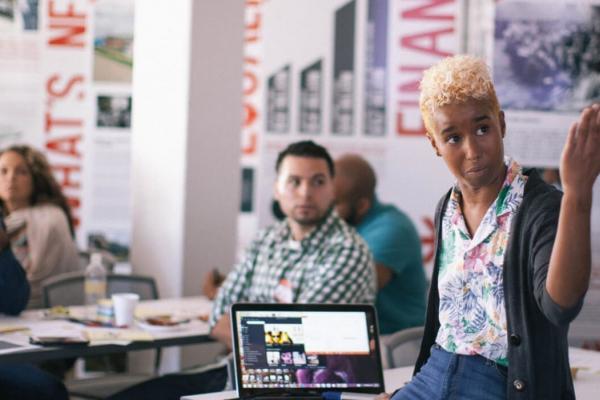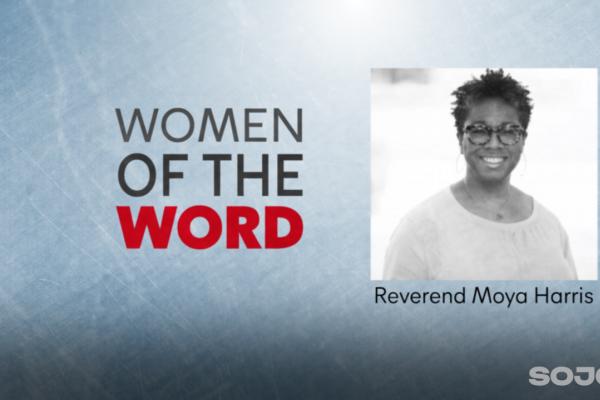DEBATE THE CHOICE all you want, but what was radical about a congressional candidate’s ban on press at an August public town hall event wasn’t her decision to shut out journalists. It was how publicly she was willing to attempt new things, to try to make democracy work for a new slice of participants.
“We are genuinely trying to create environments where our constituents feel comfortable expressing honestly and engaging in our discourse,” she tweeted. “Genuine Q?: how should we label a free campaign event, open to all, that’s a sanctuary space?”
Though she and other justice-minded public officials may not use these words, what they are attempting is a kind of human-centered design.
Human-centered design is fairly self-explanatory: When designing systems, services, or products, creators place humans at the center. But in practice, this can be radical: If my focus is to make an experience better for each user, I will design for individuals, not market trends; I will design for the outliers and anomalies, not the majority.
And, critically, it requires empathy, using every tool I can muster to fully understand what the user experiences as they interact with the system, solving problems worth solving.
Of course, the best way to learn the process is to go through it yourself.
Designer Antionette Carroll lives in Ferguson, Mo. After Mike Brown was killed in Ferguson, she asked herself, “What should designers do?”
“Systems of oppression, injustice, and inequities are designed. [Social justice is] a design decision,” she said later in a TED talk on justice and design. “Why are we not inviting designers to the table to address these social issues that are embedded in our culture?”
Carroll launched Creative Reaction Lab as a 24-hour design challenge for St. Louis, focused on racial equity and police brutality. Five projects were implemented in the area. Carroll says one project intended for the Black Lives Matter protests resulted in more than 760 actions taken in the first three months after Brown’s death.
Creative Reaction Lab is now a growing platform for healthy, racially equitable black and Latinx populations. They’re far from alone: Colloqate, Allied Media Projects, the Algorithmic Justice League, and others are merging their design training with a vision of participant democracy that works for all. In August, Carroll led the first-ever AIGA Design for Inclusivity Summit in St. Louis.
Carroll calls community members—those who live through policies, not just plan them—the “living experts.” Designing for justice, she says, lies in learning to “radically listen.”
Our democracy has long functioned on a market-based approach—policy by and for a majority-middle. But a dominant-led system that doesn’t also accommodate the outliers doesn’t work for true justice.
It’s not partisan or wishful thinking to begin to shape our democracy around the experiences of the most marginalized. It’s a practical way to design.
“I like the approach of thinking through this stuff in the open,” journalist Ryan Grim wrote of the House candidate. “She’s trying a new kind of bottom-up politics, and this is what that looks like.”

Got something to say about what you're reading? We value your feedback!







